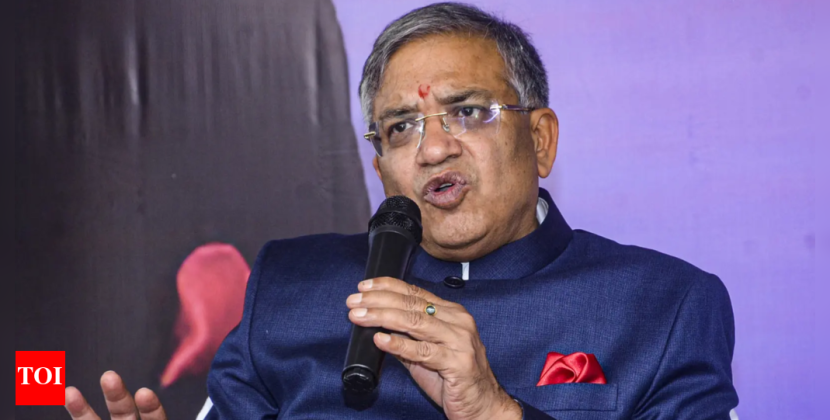
By Ram Singh
With economic weight shifting towards Asia-centric emerging economies, Western nations, especially the US, have keen interest in India for two reasons — counterbalancing China, and ensuring geostrategic dominance in the Indo-Pacific. India fits as the most suitable partner in the entire ballgame.
With Donald Trump’s return as the 47th US President, hyper-activism is evident in abrupt, individualistic, and transactional decisions. This evolving scenario necessitates reassessing geoeconomic and geostrategic statecraft, particularly in light of Prime Minister Modi’s US visit.
Trump’s business-centric, transactional, and unpredictable nature prioritises bilateral over multilateral deals under “America First”. His administration shifts focus from institutional frameworks to direct negotiations, disregarding global governance structures (G20, WTO, UN), engaging in transactional diplomacy (Mexico, Canada), tech and tariff wars (China), coercive diplomacy (Gaza, Panama Canal, Greenland), and unilateral military actions (Somalia, Syria). He employs tariffs, tech bans, economic sanctions, and trade curbs, reshaping diplomatic relations purely on economic calculus favouring the US.
Trump perceives the US as exploited geopolitically, geoeconomically, and geostrategically, while adopting a coercive trade policy. He has threatened Panama over Chinese investments and floated ideas of annexing Greenland and even Canada for their resources. He prioritises bilateral negotiations over lengthy multilateral protocols, ensuring economic bargains favour the US, even at the cost of strategic allies like the European Union, Canada, and Mexico. His approach deepens global divides, pushing nations to align with either the US or China/Russia, as seen in his stance on India’s Chabahar port.
The US has aggressively pursued financial and economic sanctions with limited success. Recognising threats from de-dollarisation and financial digitalisation, Trump has proposed tariffs up to 100% on adversarial markets. He is simultaneously reducing domestic corporate taxes and increasing import duties to attract investments, strengthening the dollar but making US exports uncompetitive. His transactional diplomacy is evident in postponing tariffs on Canada and Mexico after receiving better counteroffers. However, this strategy has risks, as seen in China’s reciprocal tariffs and Iran’s defiance of US pressure.
Promising to end the Russia-Ukraine war, Trump seeks unrestricted access to Ukraine’s rare earth reserves worth $26 trillion in exchange for continued military support. He rejects multilateral commitments on global public goods (climate change, sustainable development goals) and exited the Paris Climate Agreement. Advocating fossil fuel expansion, he pushes US crude oil reserves and deregulates the energy sector.
He pressures US allies to increase defence spending to 5% and promotes arms sales to India, Saudi Arabia, Egypt, Indonesia, Jordan, and NATO members. Declaring that the US geostrategic outreach is transactional, he questions G20’s role in global governance and favours bilateral economic nationalism. his protectionist economic policies disrupt trade relationships and erode the rules-based global order, prioritising high economic returns.
India must adopt a pragmatic approach in engaging the US. A mini-trade deal strategy can create a win-win economic relationship, aligning America First with Make in India. To address US concerns over trade deficits, India can increase oil and liquefied natural gas imports not only from the US but from American firms operating in third countries like Guyana and Norway, strengthening energy security and trade balance.
Defence cooperation should focus on high-performance US platforms enhancing India’s Indo-Pacific strategy. However, India must avoid obsolete platforms like Stryker infantry vehicles and F-21 combat aircraft, ensuring all procurements align with Make in India and involve full technology transfers. The US deep state’s “give and take” mindset necessitates caution, as seen in extra financial demands on the GE F-404 engine and Apache helicopter deals despite delays.
India must also be wary of US efforts to confine it to lower-value supply chain roles in semiconductors (testing, packaging), critical minerals (limited tech access), space sciences (secondary roles), nuclear cooperation (empty promises), and cybersecurity (Five Eyes biases). The US also prioritises strategic Asian allies like South Korea over India in defence diplomacy. Indian negotiators must demand reciprocity, leveraging US urgency to counterbalance China and advocating for free trade or at least unrestricted defence trade among Quad partners (Australia, Japan, US).
India remains committed to geostrategic autonomy through humanitarian statecraft rooted in “Vasudhaiva Kutumbakam”. It should advocate global institutional reforms, rule-based engagement, and expanded India-US economic ties via free trade agreements, increased US investments, and recognition of India’s role as a net security provider in the Indian Ocean. A cooperative climate change diplomacy with a renewable energy focus is also vital.
On illegal migration, India must highlight the contributions of Indian Americans to the US economy, advocating for streamlined visa policies and stronger cultural and economic ties. While India respects America First, transactional diplomacy requires mutual benefit. India should be seen as a partner in making America great again.
In short, America First ties in with Make in India despite Trump’s coercive and unpredictable nature as he is, after all, a businessman who understands risks well. An engaging diplomacy can offer ultimate solutions to the world largest democracies, ensuring well-being and prosperity for people of both nations.
The writer is professor & head (CDOE), Indian Institute of Foreign Trade.
Disclaimer: Views expressed are personal and do not reflect the official position or policy of FinancialExpress.com. Reproducing this content without permission is prohibited.

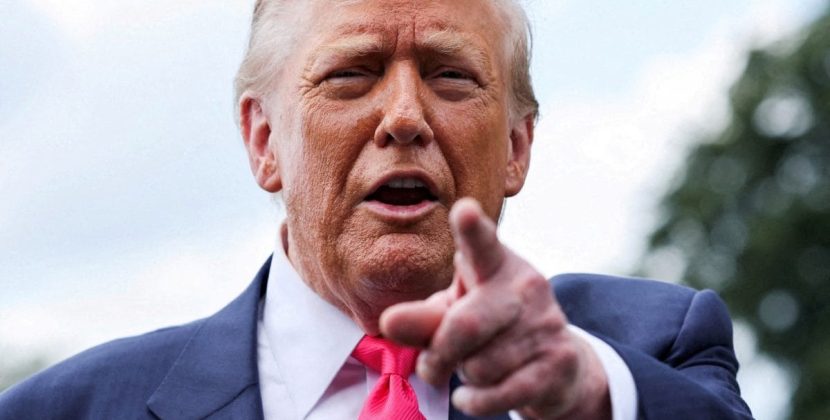
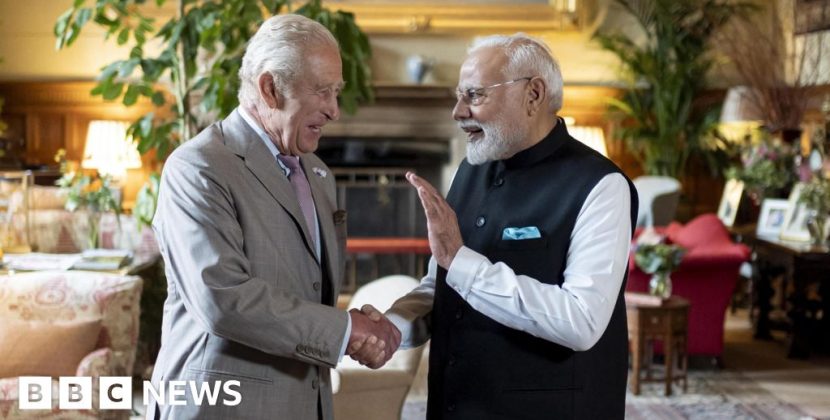





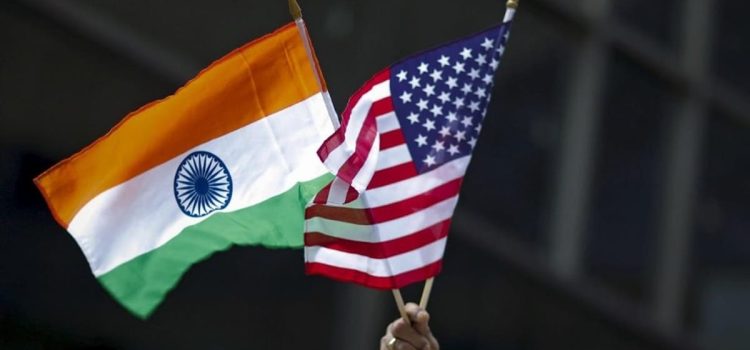
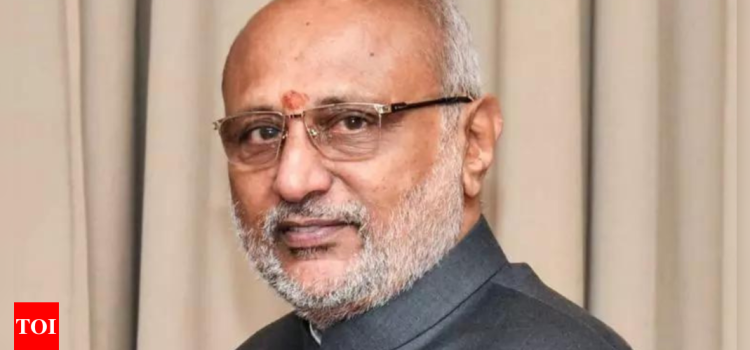

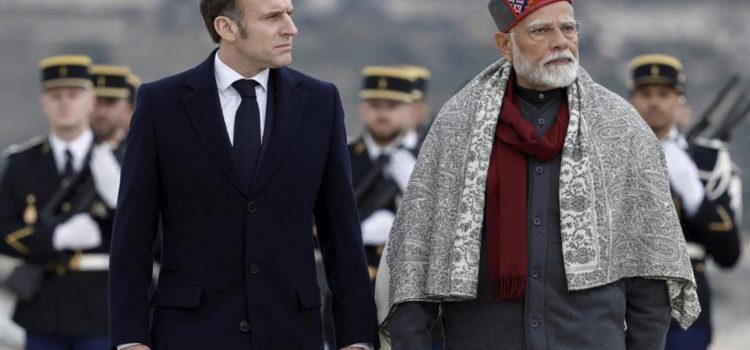

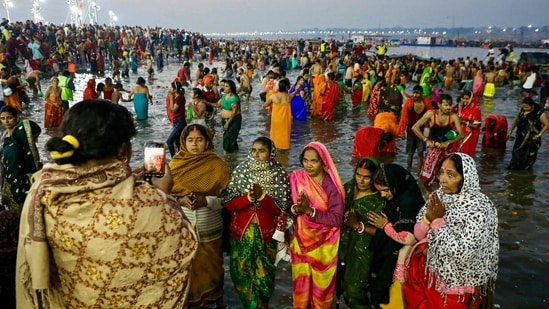

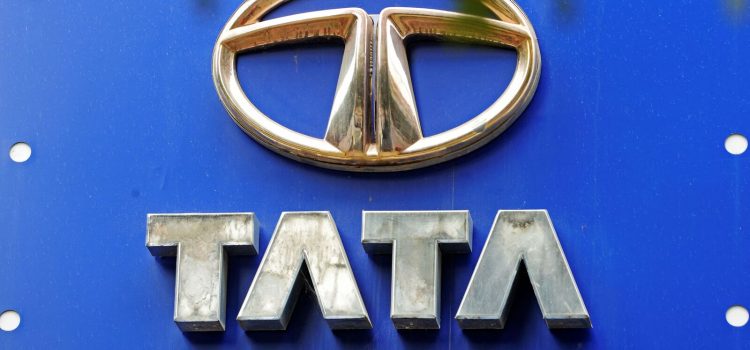

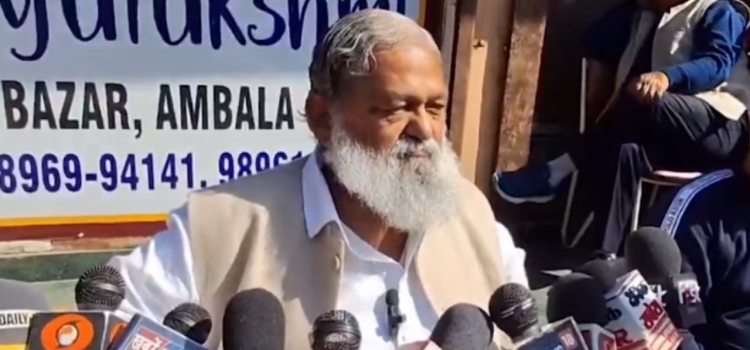
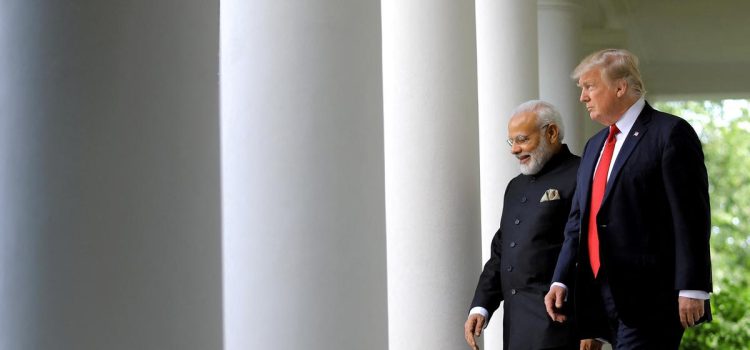



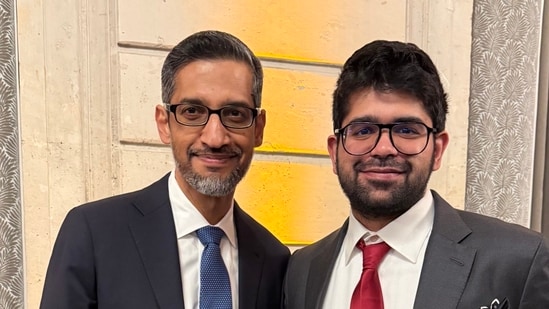

Comments